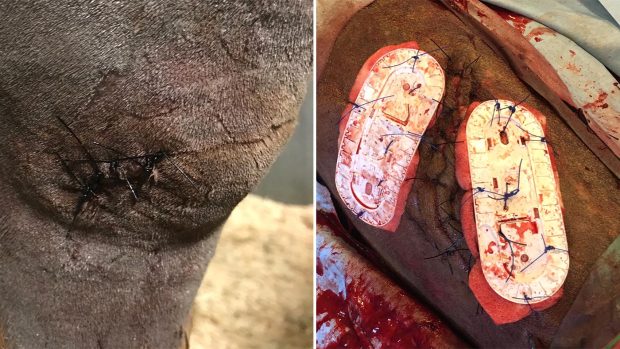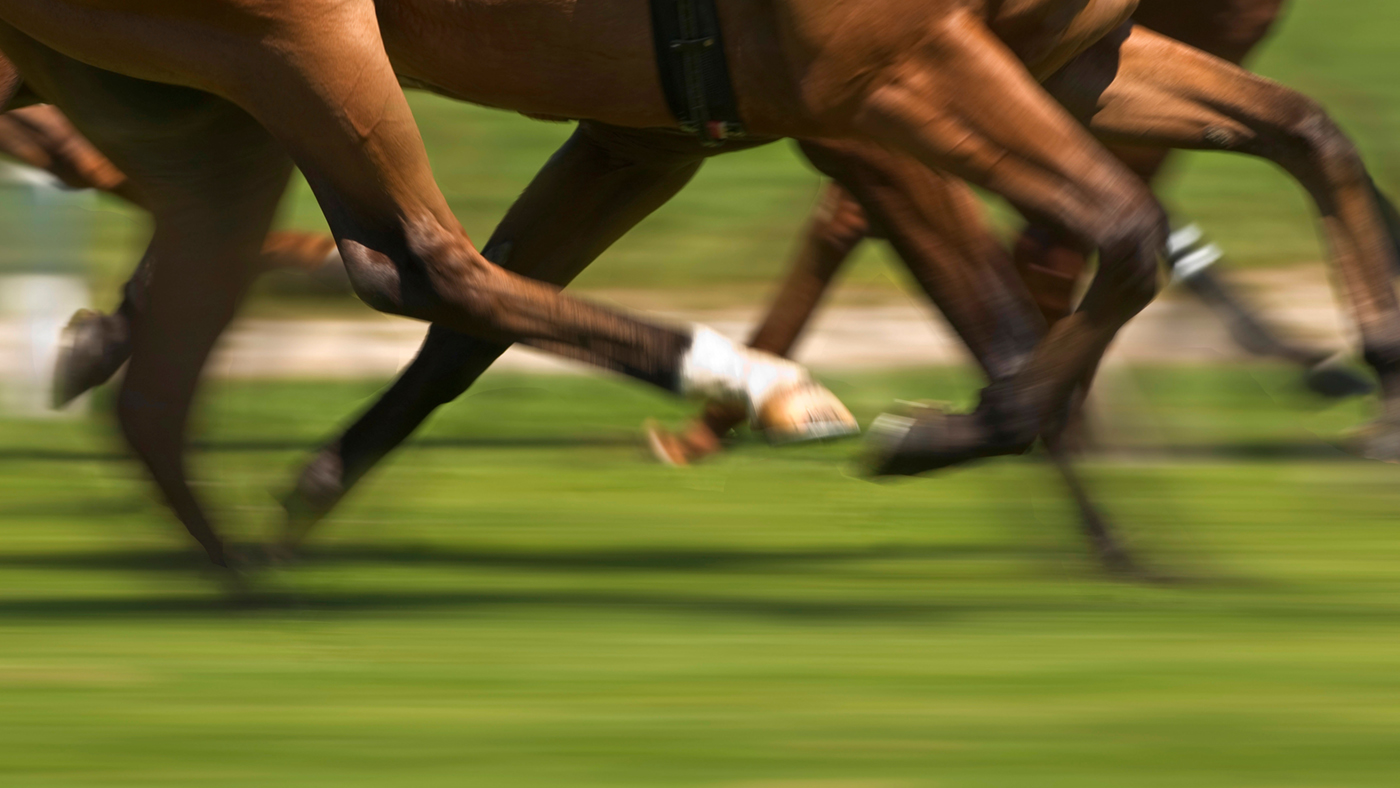Exactly where an injury is sustained on the horse’s body is a major factor in its severity and the speed at which it heals.
When cuts heal, a delicate layer grows over the wound, forming a new surface layer. Cuts heal by primary intention, where the edges stick together and are healed within a couple of weeks, and by secondary intention, where the wound gapes open and is not stitched, so granulation tissue forms from the inside out, over which the new layer grows.
Head wounds tend to bleed excessively, and were previously considered best left to heal on their own. A more recent trend towards stitching this area has proved very successful. Gaping body wounds can looks serious, but with care and delicate needlework from a vet, can heal exceptionally well.
As a rule, stitching injuries below the knee can be difficult, and will be considered with caution as the close proximity to the ground exposes the wound to infection, the skin is tight and there is a lot of movement.
To obtain the optiumum benefit from stitching, a wound needs to be fresh and clean, and in a place where the skin is not too tight. Anything over 12 hours old is likely to be contaminated, the surface layer may be damaged and the surrounding tissue deteriorating, making it difficult for the stitches to hold.
Essential Wound Care
When cleaning a wound, be aware that:
- Bathing with cotton wool can introduce contamination
- Strong antiseptics can kill cells as wells as bacteria – use very mild solutions or salt water
- Coloured sprays and wound powders can act as foreign body and be caustic to cells; use creams and moist wound dressings as recommended by a vet
- Avoid “second skin” sprays, as they can seal in infection
- To avoid damaging delicate tissues when flushing out or bathing wounds use a light water mist from a garden spray, such as a hand-held trigger variety on a soft setting



